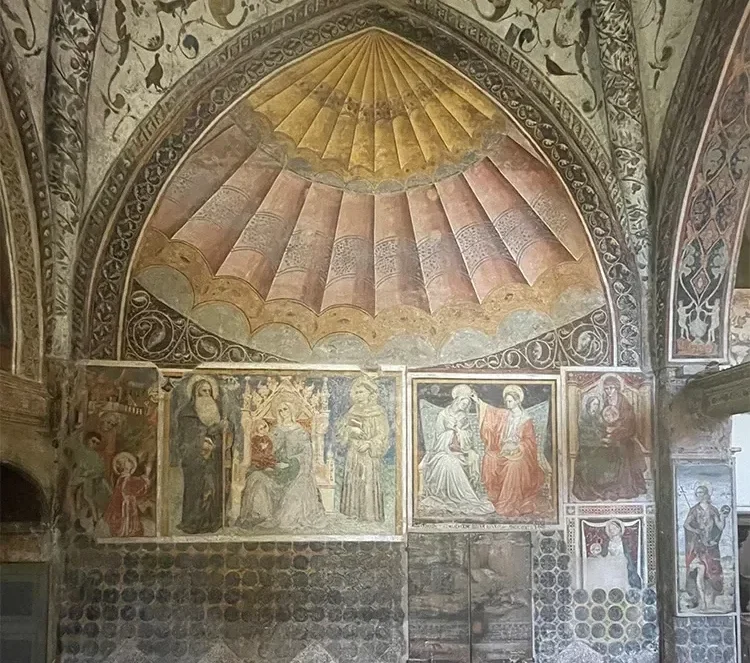
A 13th Century Fresco Discovered in Ferrara: Insights into the Use of Islamic Altar Tents in Christian Churches
A recently rediscovered fresco from the 13th century in Ferrara, Italy, reveals important insights into the use of Islamic tents in Christian churches. This fresco is the only surviving example of its kind and provides valuable evidence of lesser-known traditions in Christianity.
Examination by Dr. Federica Gigante
Dr. Federica Gigante, a historian from the University of Cambridge, examined the partially visible fresco. She believes the fresco depicts a lost tent that the artist may have encountered in the same church. The tent features vibrant colors and jewel embellishments. It could have been a diplomatic gift from a Muslim leader or a war trophy.
Historical Context and Significance
In her research published in The Burlington Magazine, Dr. Gigante suggests that significant figures, such as Pope Innocent IV, may have provided this tent. He donated valuable textiles to the Benedictine monastery church of S. Antonio in Polesine, Ferrara. Dr. Gigante initially found it unreasonable to consider the tent Islamic. However, after years of research, she returned to this idea. She believes this fresco is unique and unlikely to have another similar image.
Integration of Islamic Elements
The fresco serves as evidence of how Islamic elements integrated into fundamental Christian practices, including liturgical celebrations. Dr. Gigante states that Islamic textiles were associated with the Holy Lands, where pilgrims and crusaders brought back valuable examples. The continuity of artistic expression since the time of Jesus justified their use in a Christian context. Medieval Christians admired Islamic art but often did not recognize its origins.
Rarity of Islamic Textiles
While there is documented evidence of Islamic textiles in late medieval European churches, surviving pieces are rare. They often appear wrapped around relics or found in the graves of important individuals. Some traces of Islamic textiles can be seen in church walls and late medieval Italian paintings. However, depictions of Islamic tents from the Western Islamic world are extremely rare. This fresco stands out as the only detailed, full-scale representation identified to date.
Description of the Fresco
Painted between the late 13th century and early 14th century, the fresco depicts a canopy over the high altar. It transforms the apse into a tent adorned with blue and gold draperies that wrap around three walls. The top features a two-tiered, jewel-encrusted conical canopy, characteristic of Islamic design. Dr. Gigante notes that the artist made significant efforts to render the fabric realistically.
Visual Illusions and Historical Layers
In the background, a blue sky dotted with stars and birds creates the illusion of an open-air tent. In the early 15th century, some parts of the fresco were painted over with scenes depicting the lives of the Virgin Mary and Jesus Christ. Dr. Gigante first identified the depiction of Islamic textiles during a visit to the church a decade ago. However, she emphasizes that comprehensive research was needed to confirm that the fresco represented an Islamic tent.
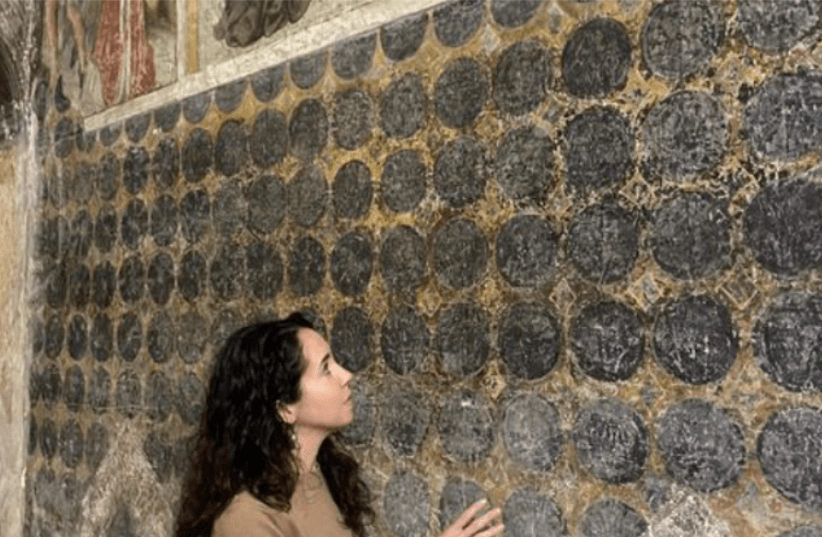
A Unique Artistic Reference
Dr. Gigante argues that the fresco depicts a real tent that could have existed in the monastery church during the 13th century. It served as a direct reference for the artist. Medieval churches used valuable textile coverings to conceal the altar, either permanently or during specific liturgical periods. Dr. Gigante observed that the fresco depicts a corner of a covering that appears to be painted as if it were drawn in front of the altar. She suggests that the real tent could have functioned as a ‘tetravela’ or altar curtain.
“If the real tent had only been set up in the church during specific occasions, the fresco could have served as a visual reminder of its grandeur when it was not present,” Dr. Gigante explained. “The interaction between painted and real textiles is evident in the late medieval period in both Europe and the Islamic world.”
Dr. Gigante’s work highlights the walls of the apse, adorned with nails and brackets that could support a hanging fabric. She points to the fresco’s extraordinary details as further evidence that it depicts a real tent. The depicted fabric reflects the gold textiles used in valuable Islamic tents, featuring blue octagonal star motifs within circles. Additionally, a band with pseudo-Arabic inscriptions runs along the upper and lower borders, while white outlines emphasize contrasting colors, reflecting a trend in 13th-century Andalusian silk design.
The structure, design, and color scheme of the tent closely resemble those found in the few surviving depictions of Andalusian tents, including those in the 13th-century manuscript Cantigas de Santa Maria, as well as one of the rare surviving pieces of Andalusian tent attributed to Archbishop Thomas Becket of Canterbury, known as the ‘Fermo chasuble.’
Cover Image Credit: Federica Gigante
You may also like
- Archaeologists Discover 9,000-Year-Old Temple in Jordan Desert
- Sumerian Birth Certificate: One of History’s Oldest Records
- Archaeologists Uncover Unique Auditorium During Excavations in Sicily
- Astonishing 3,000-Year-Old Cave Paintings Unearthed in Brazil
- Ancient Assyrian Tablets: Science Uncovers 7th Century Writing Techniques
- The Mysterious Goddess of Levent Valley: 2800-Year-Old Hittite Goddess Figurine
- Discovery in Romania Reshapes History of Ancient Dacian Presence
- New Study: Climate Change May Have Played a Role in the Fall of the Roman Empire
- The Dazzling Treasure of Kibyra: The Medusa Mosaic Reopens to Visitors
- Stunning 2,500-Year-Old Settlement Discovered in North Macedonia
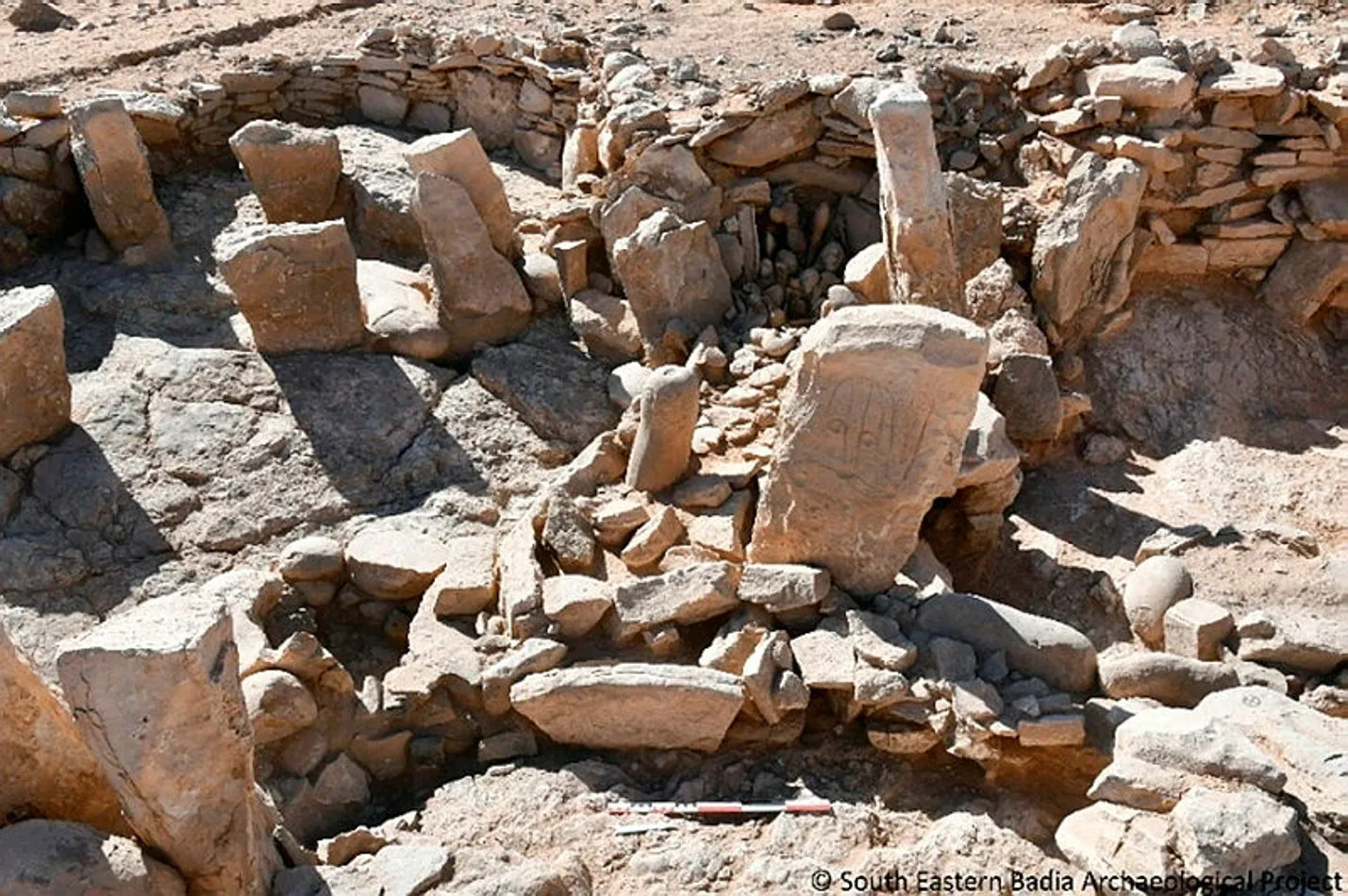
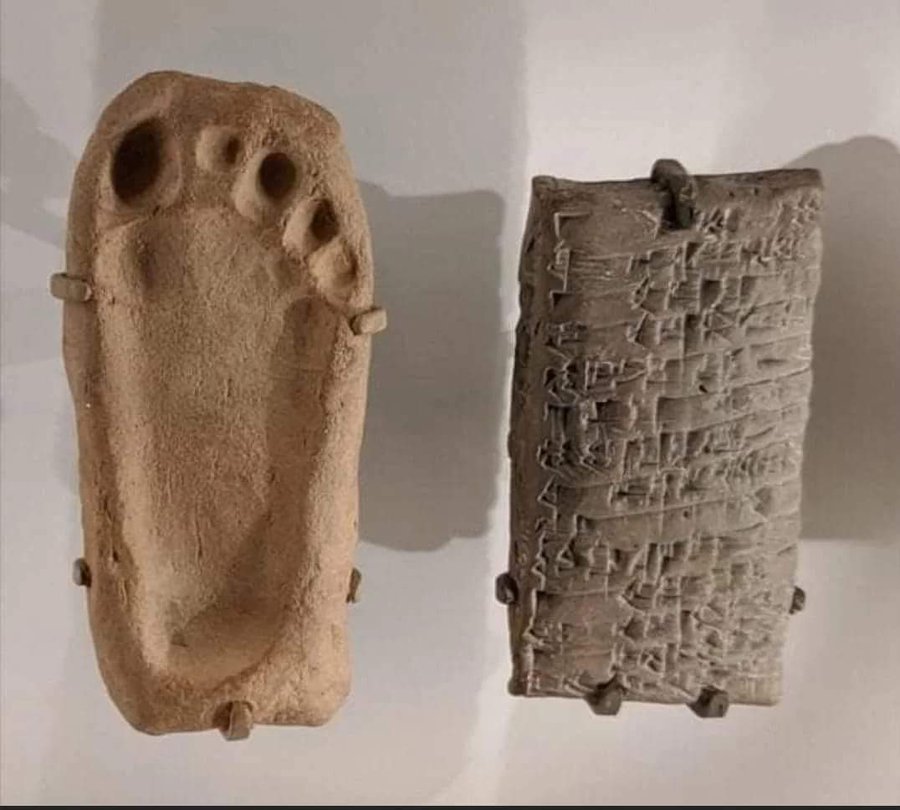
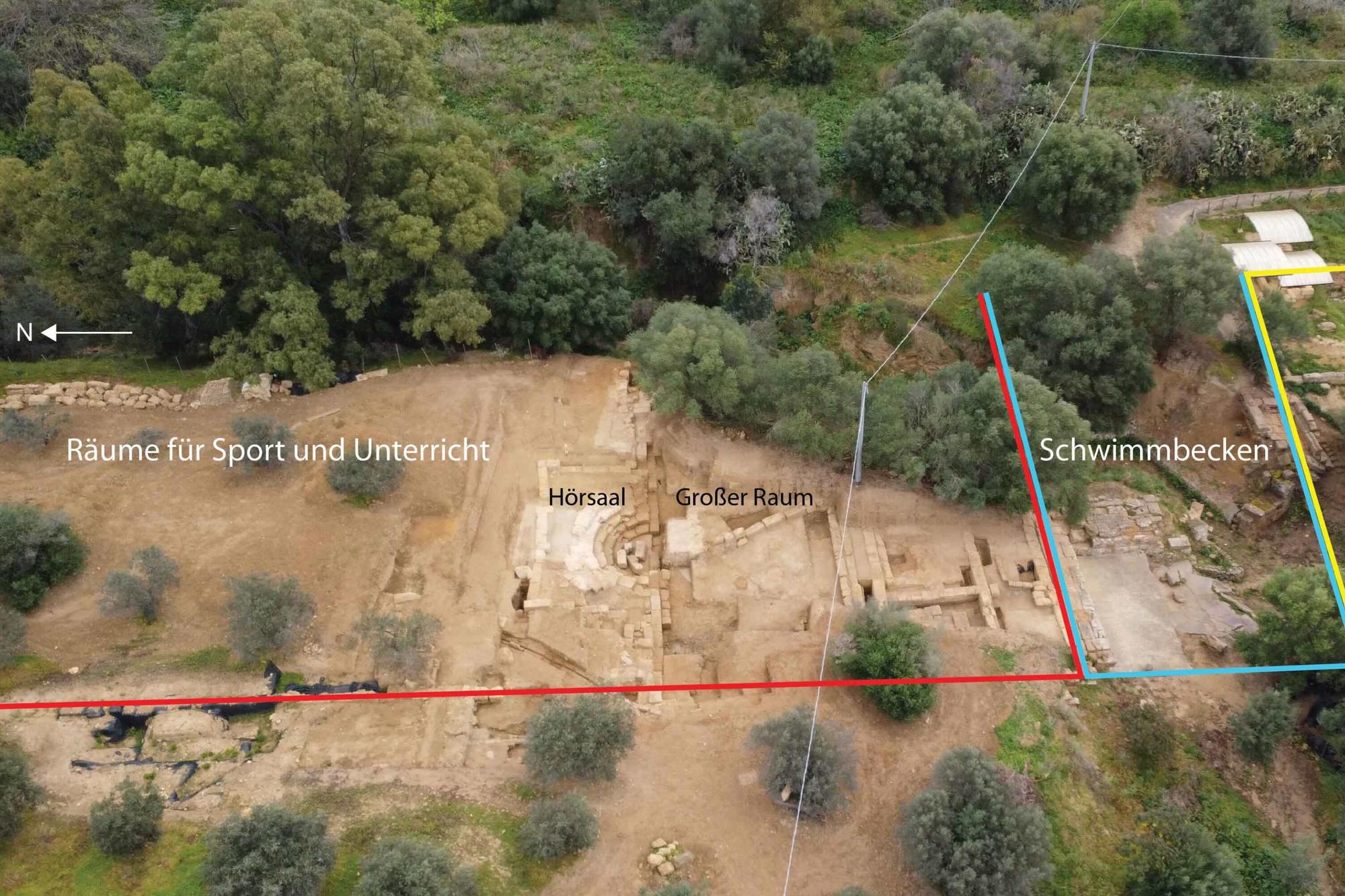

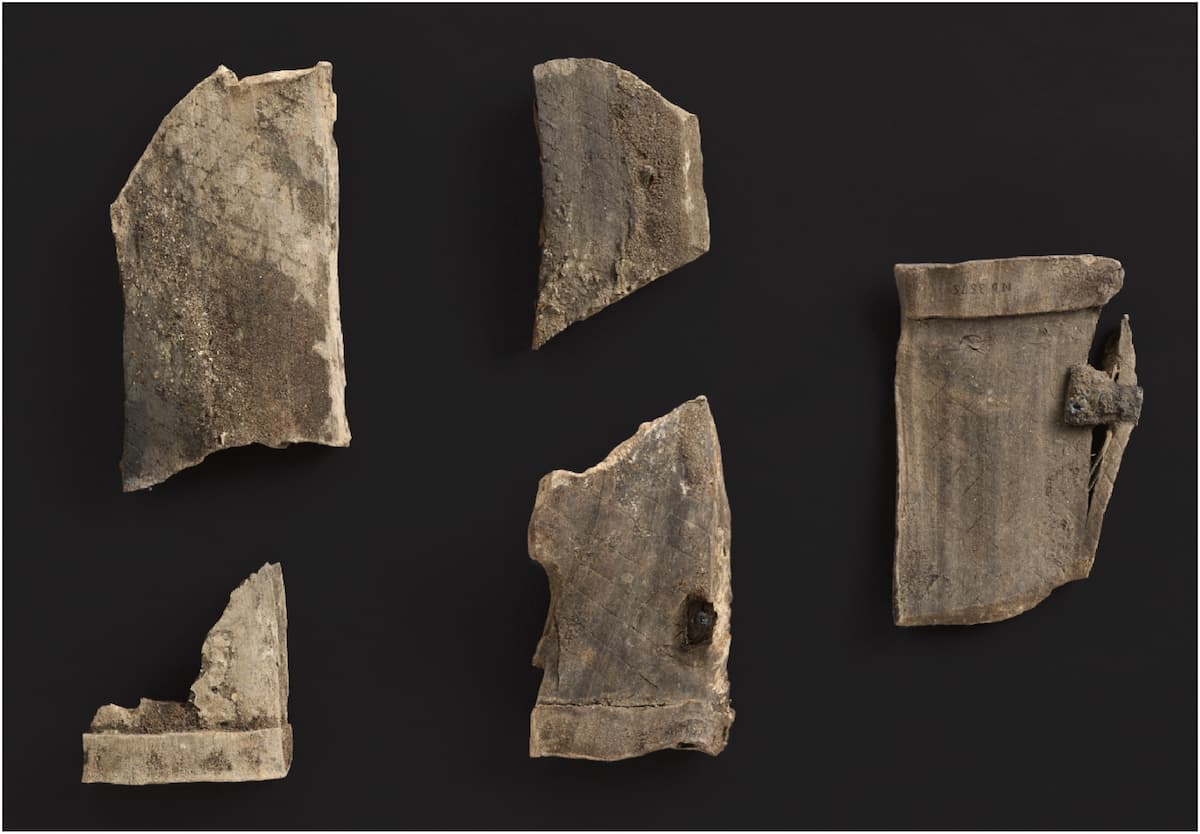
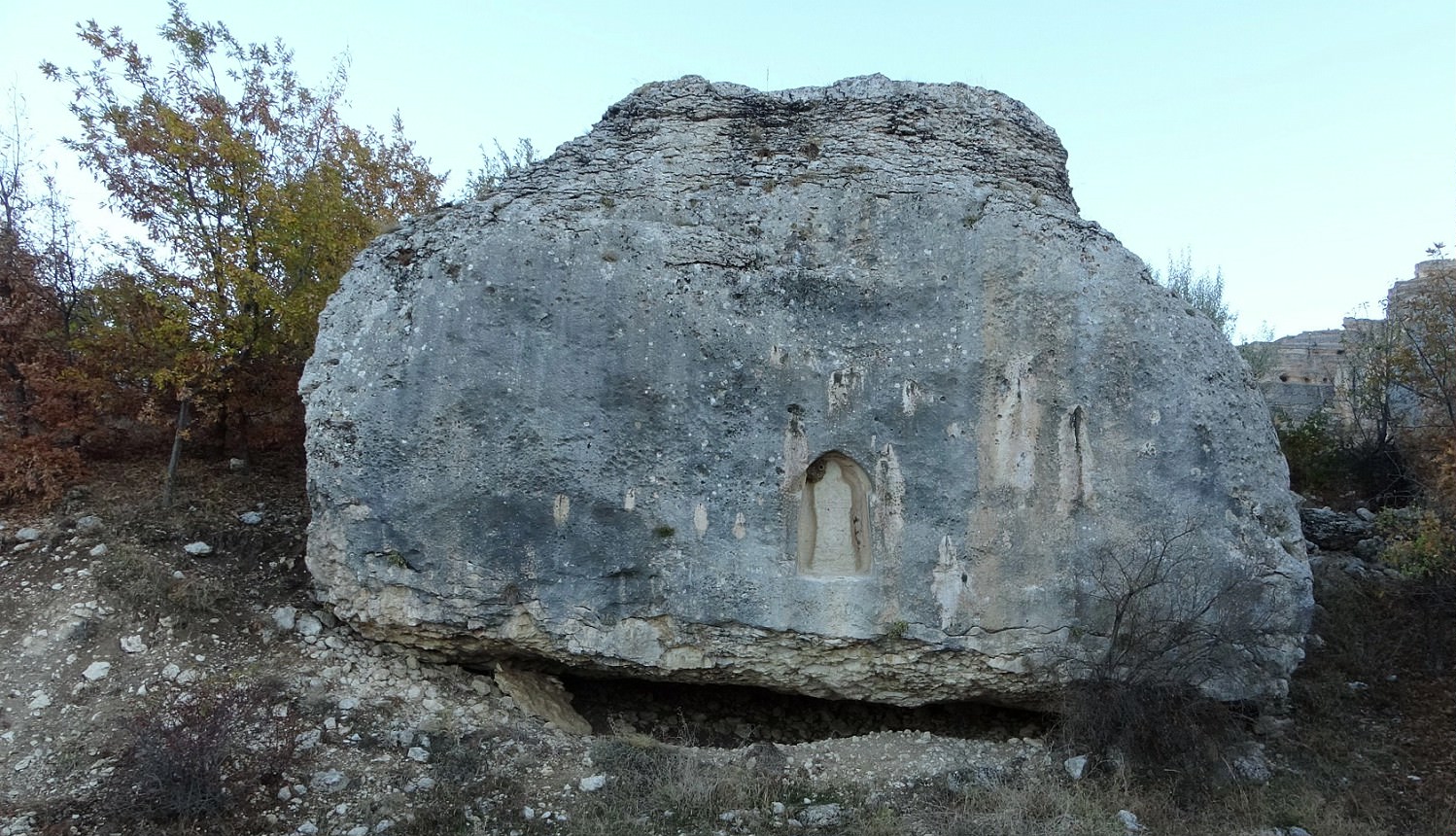
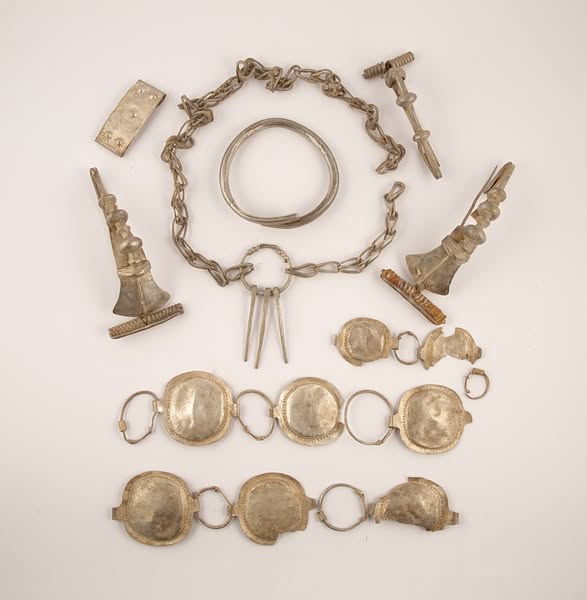

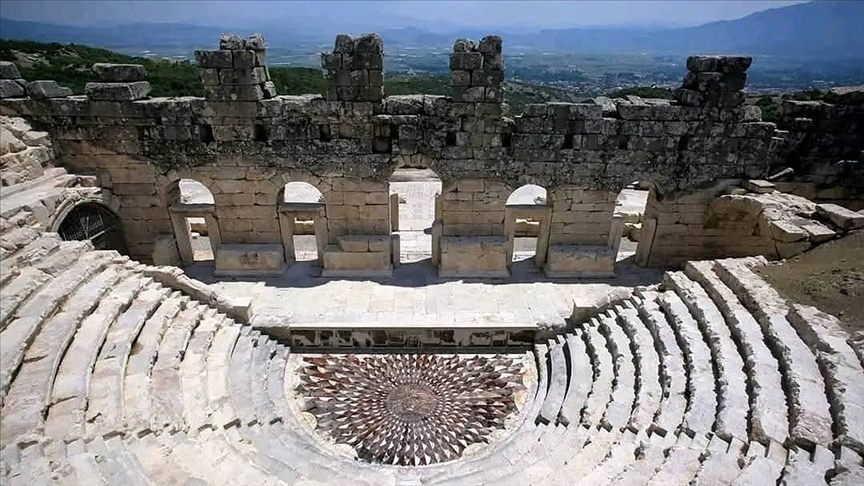
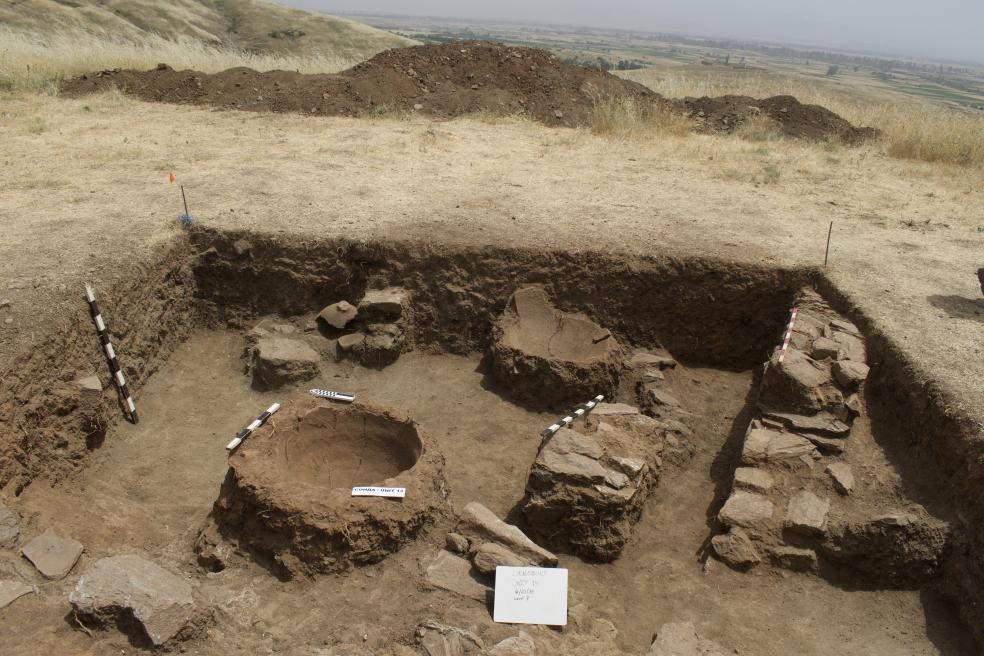
Leave a Reply